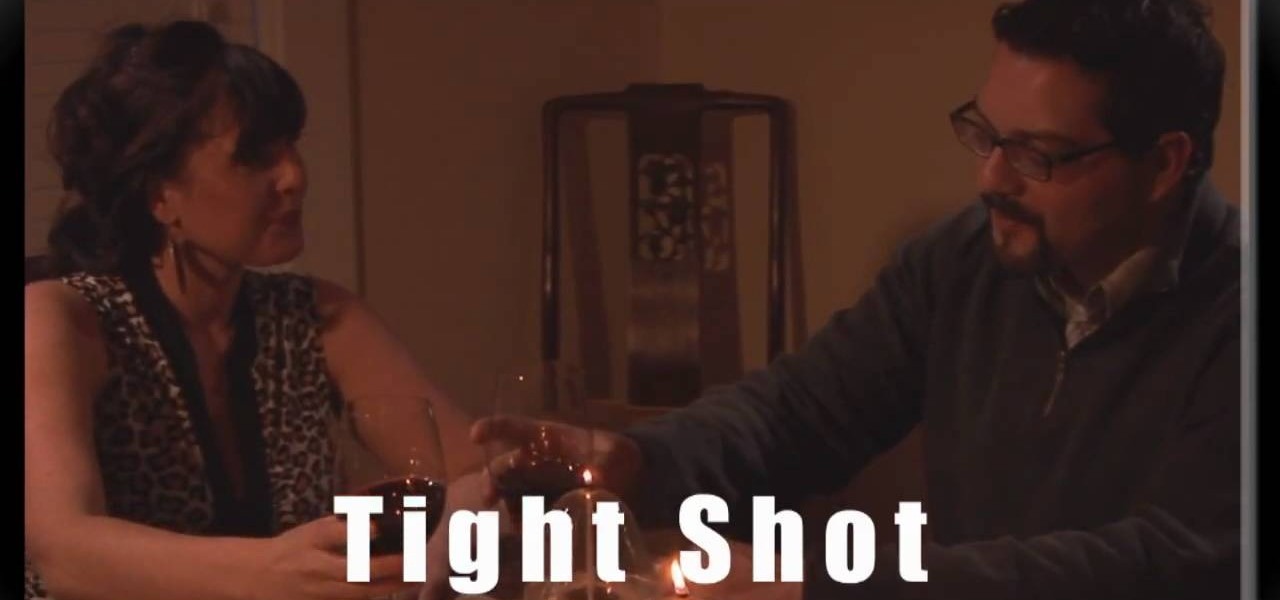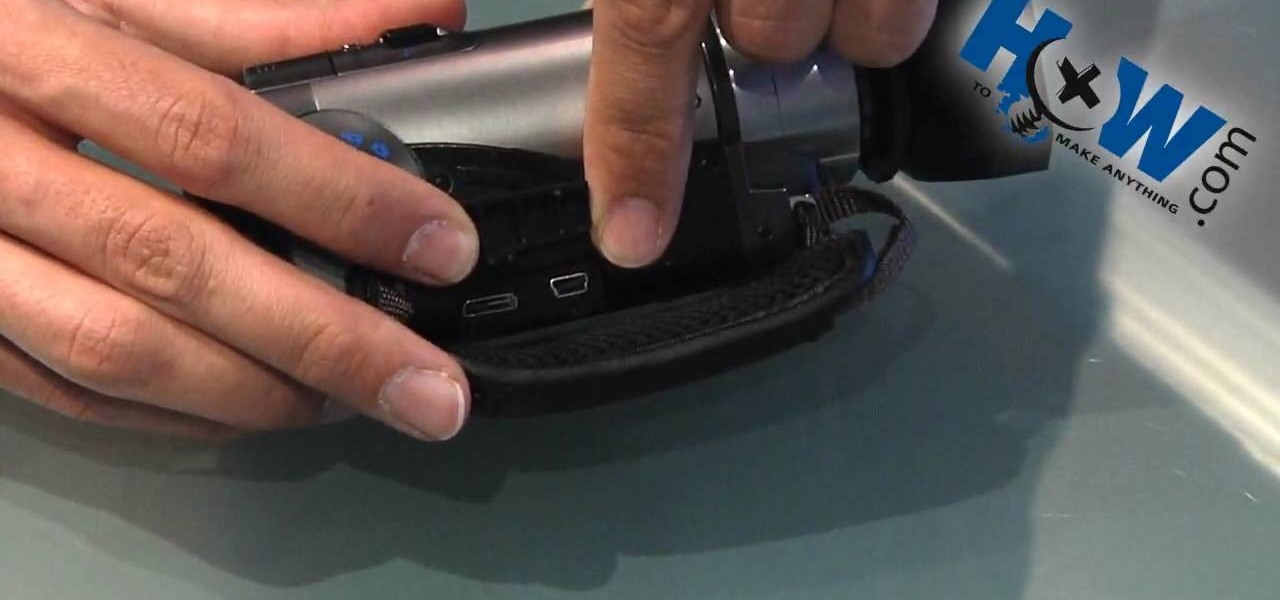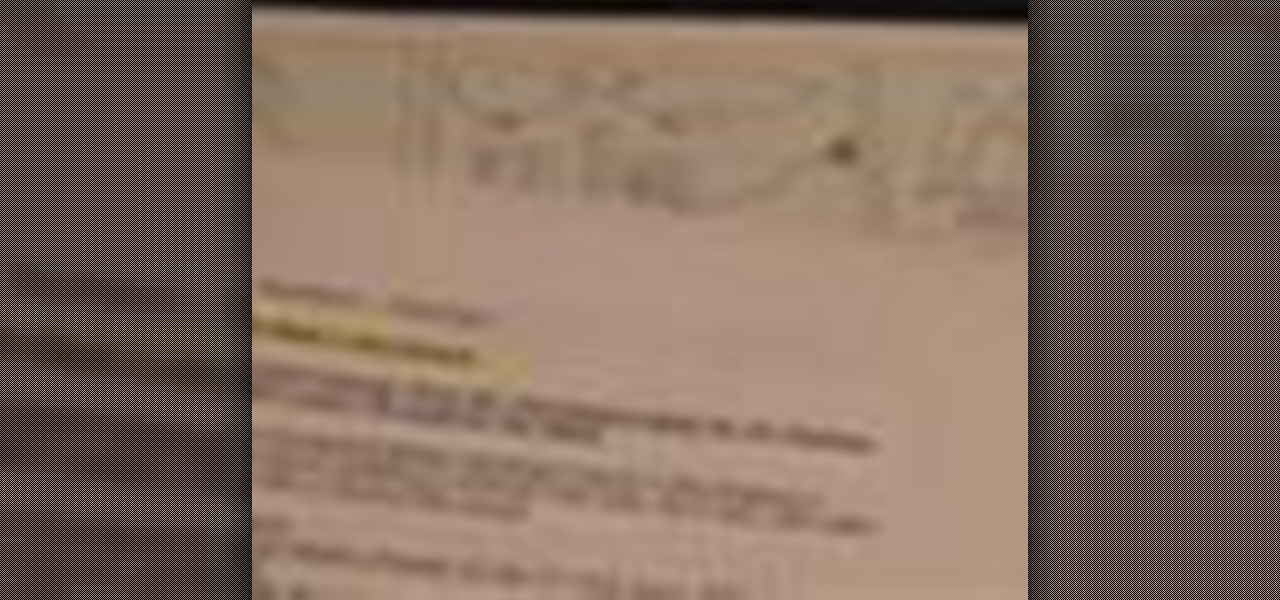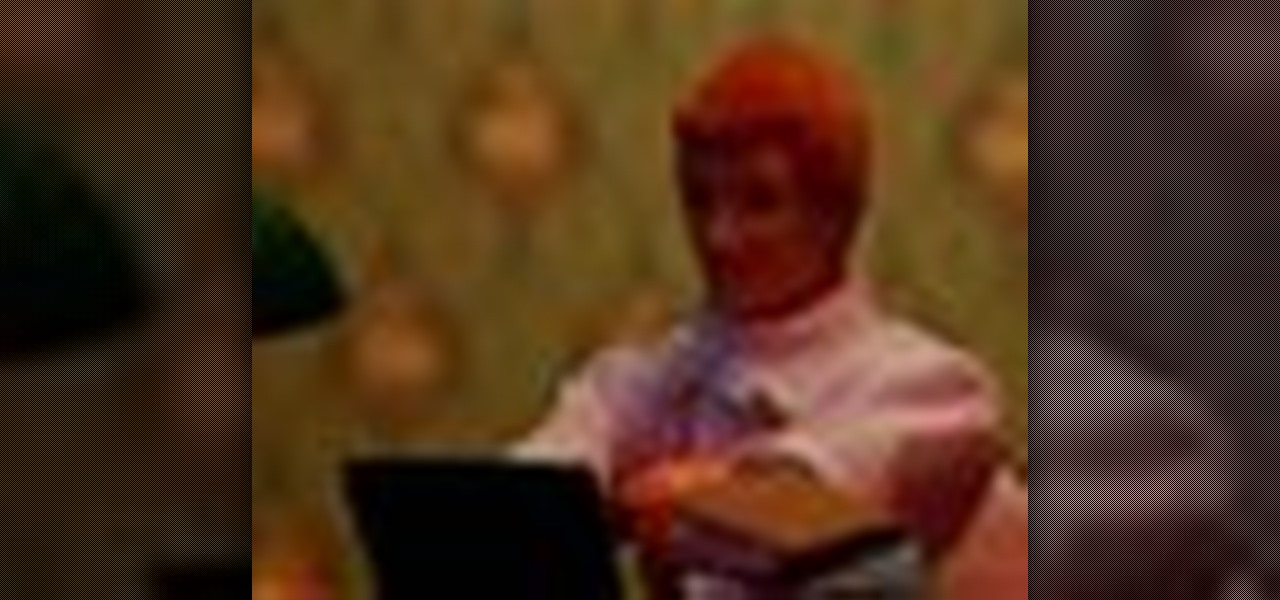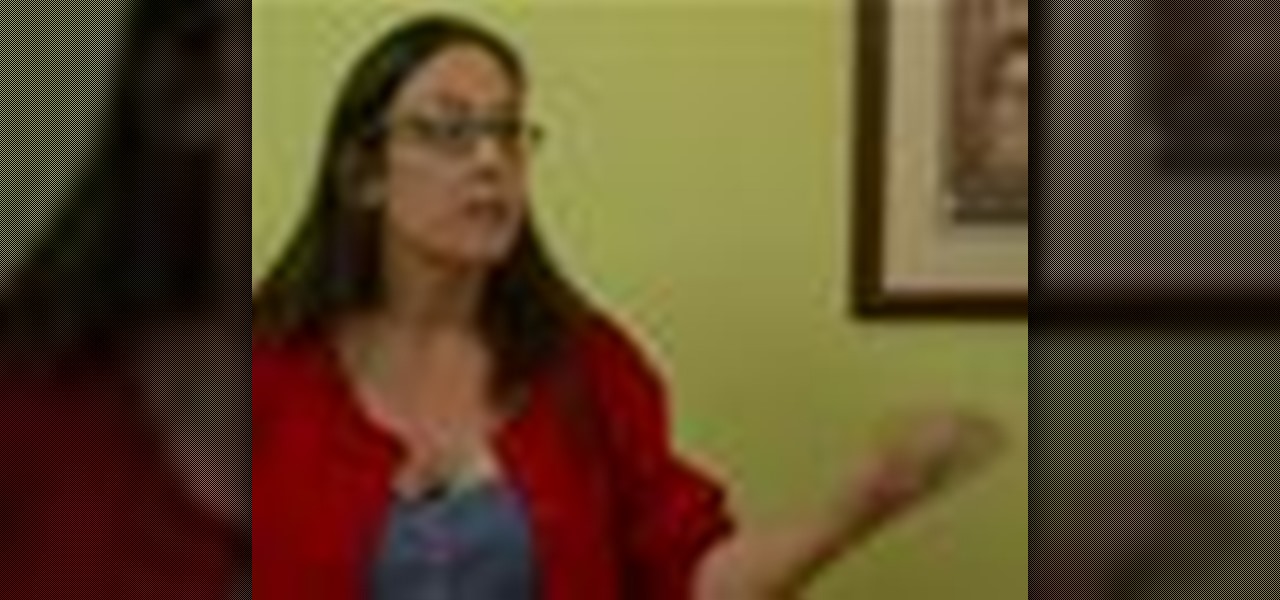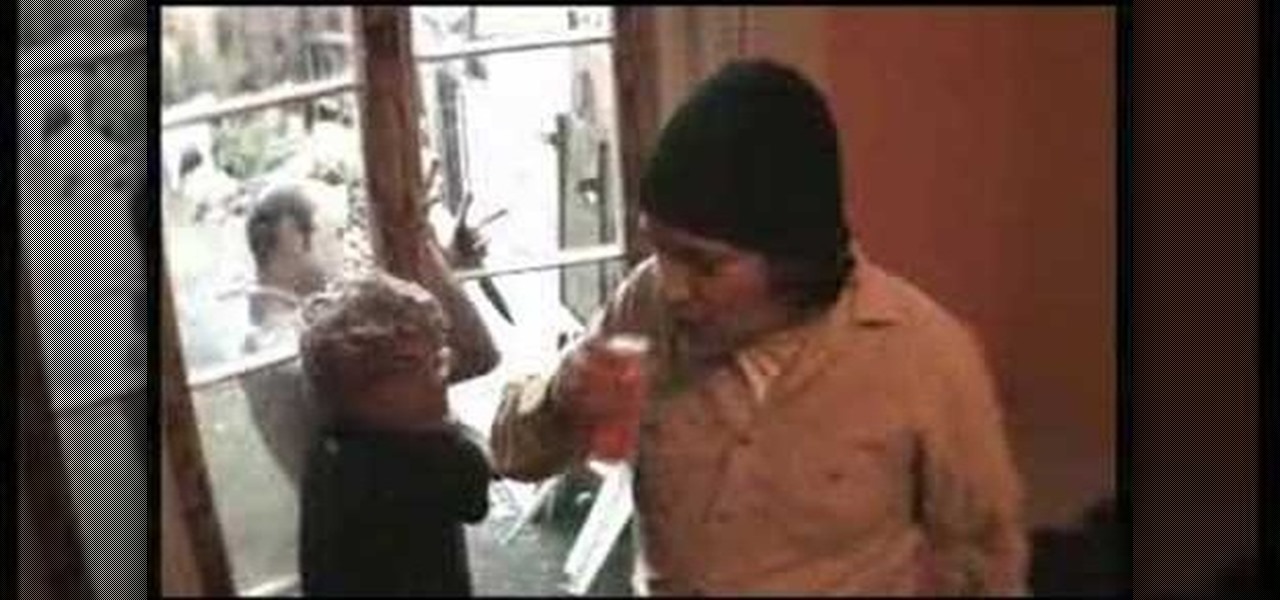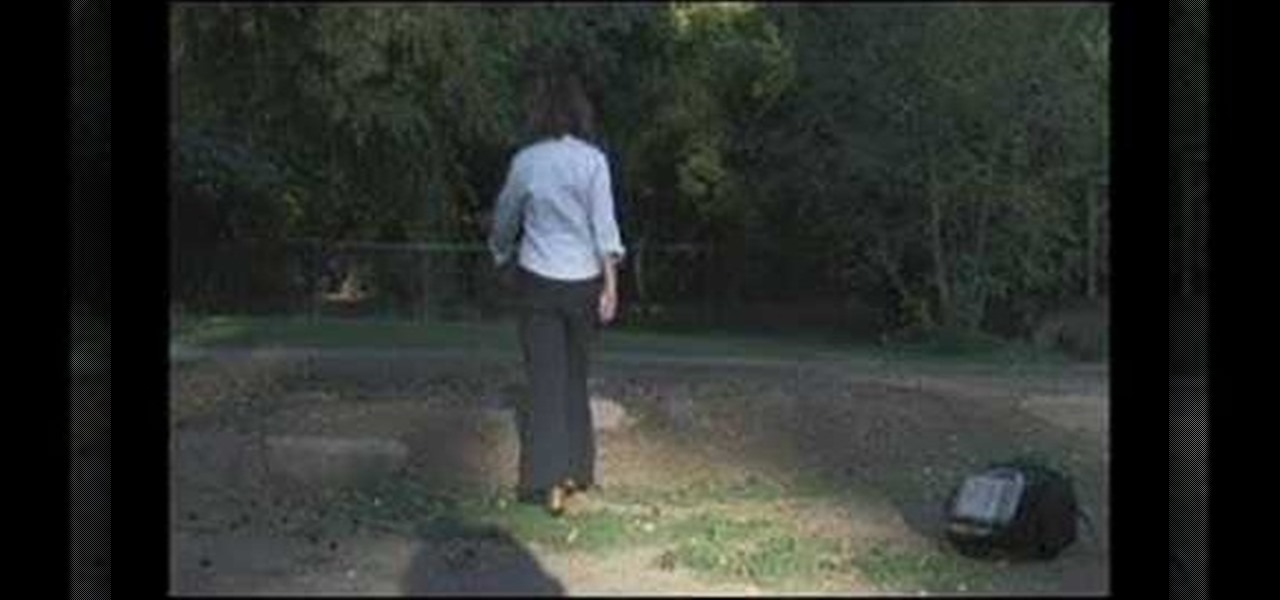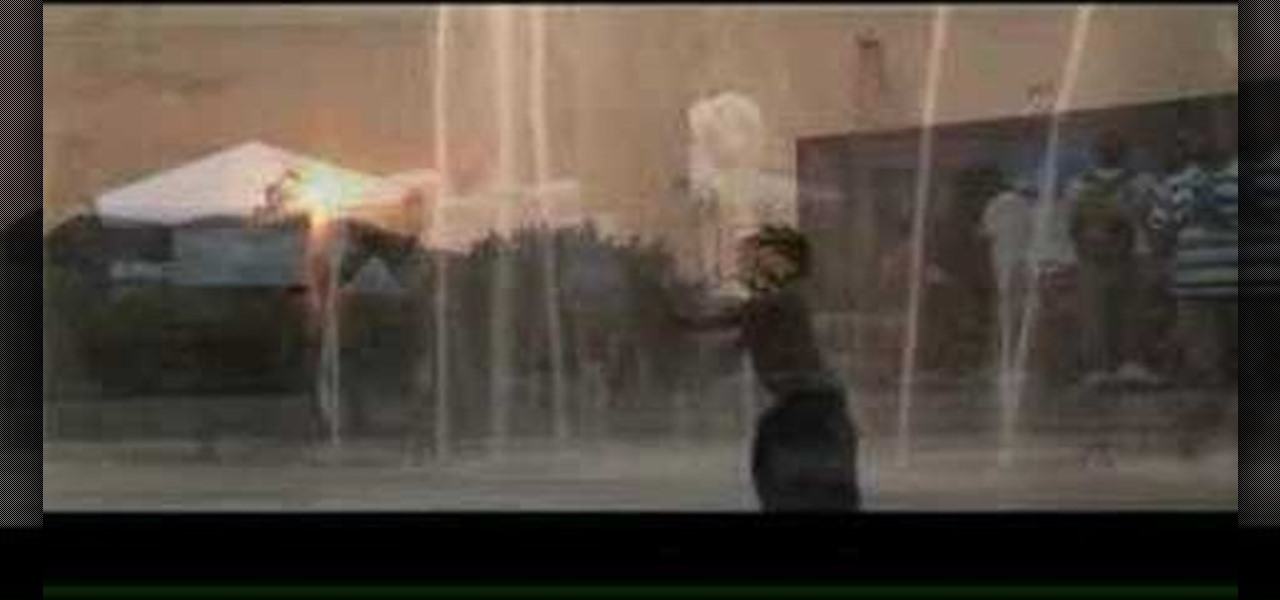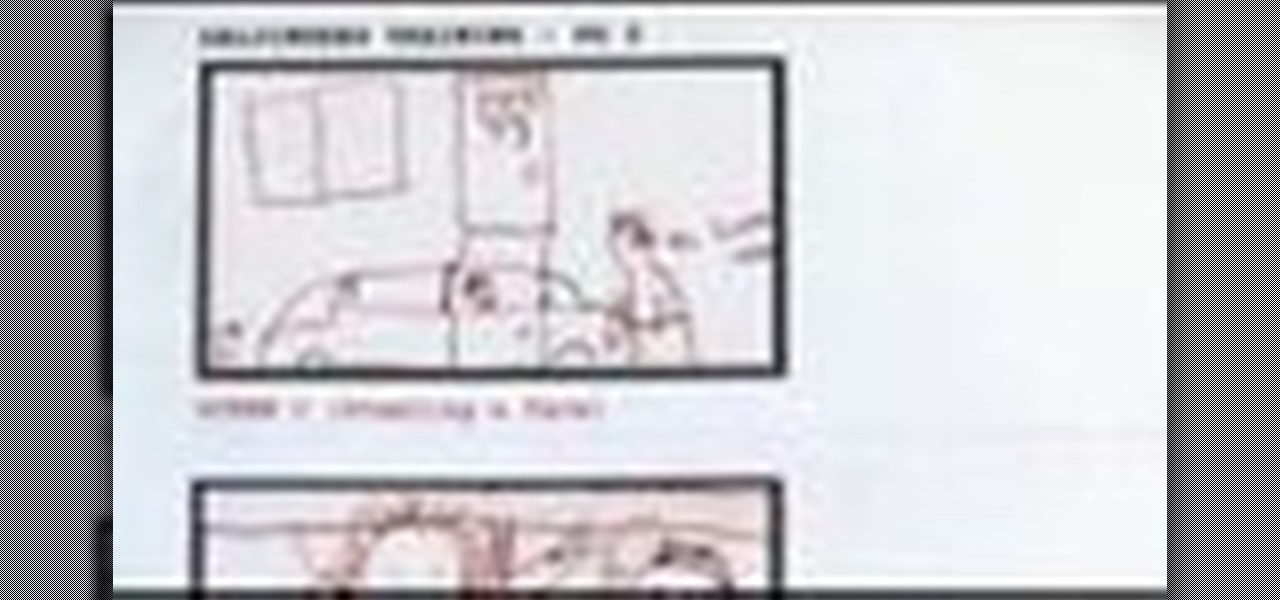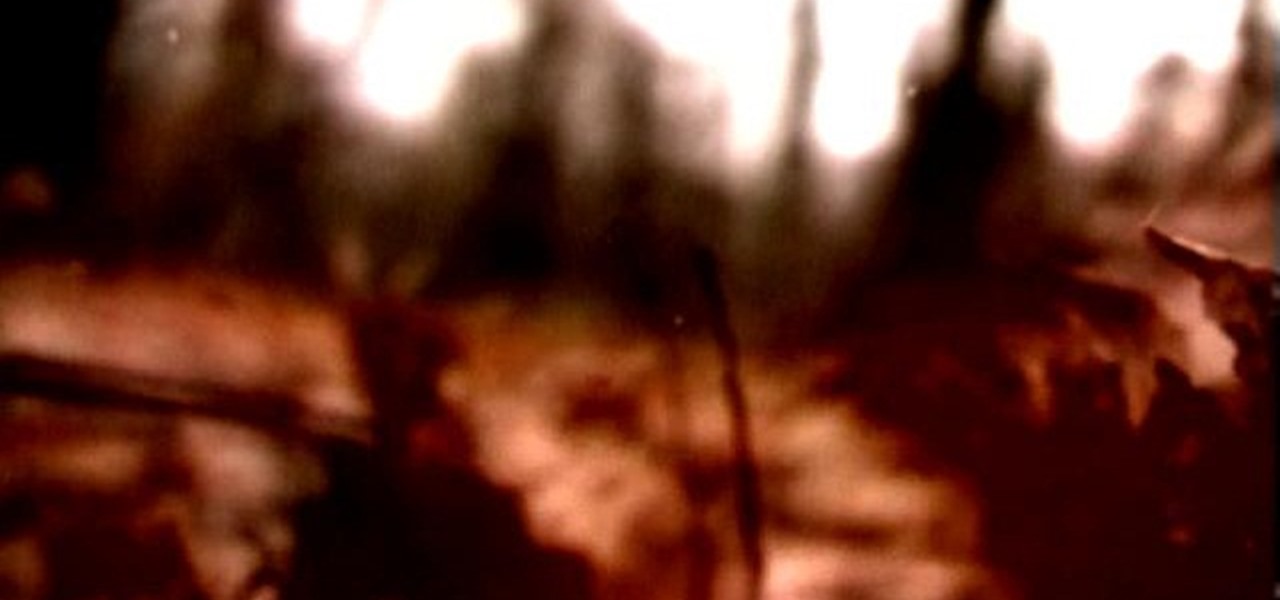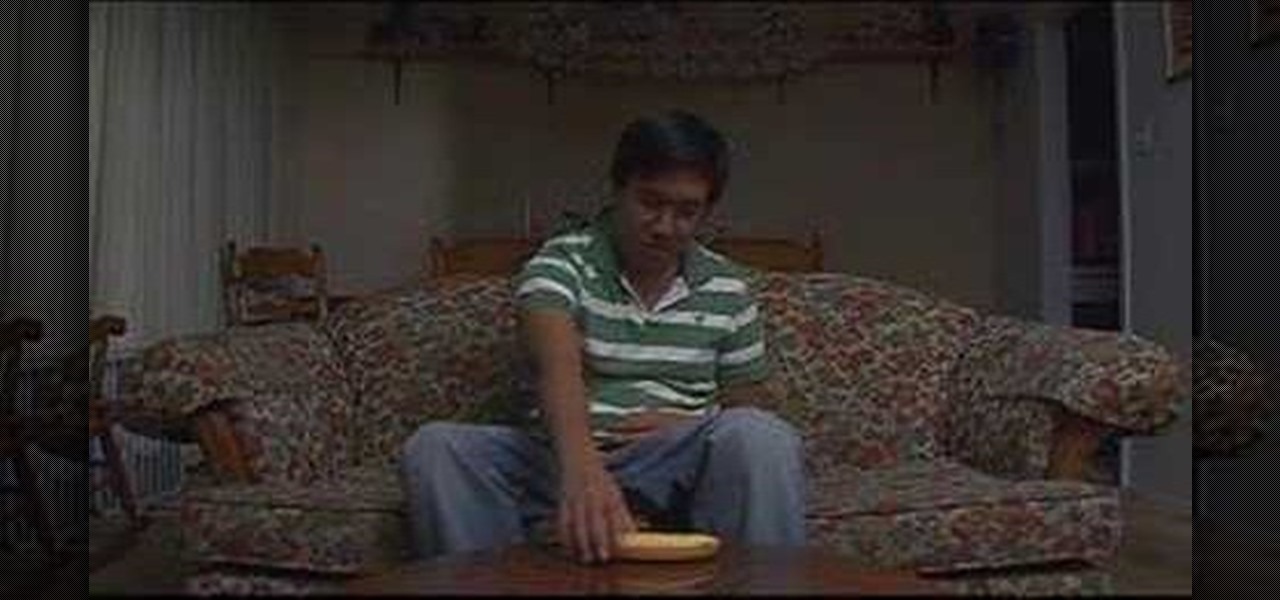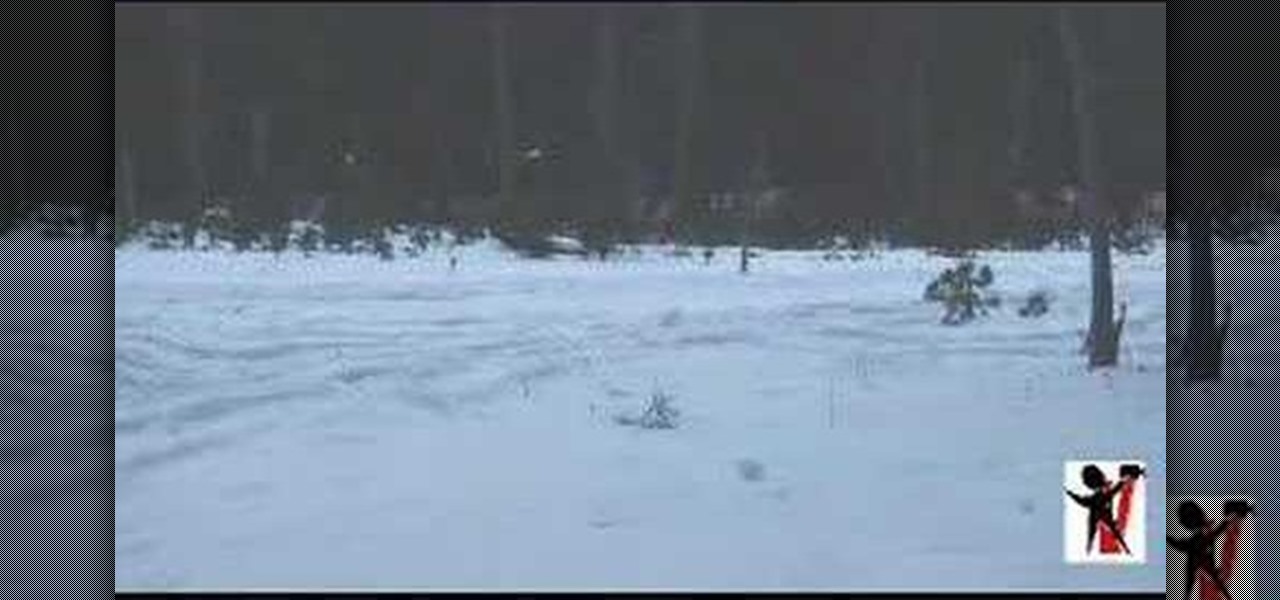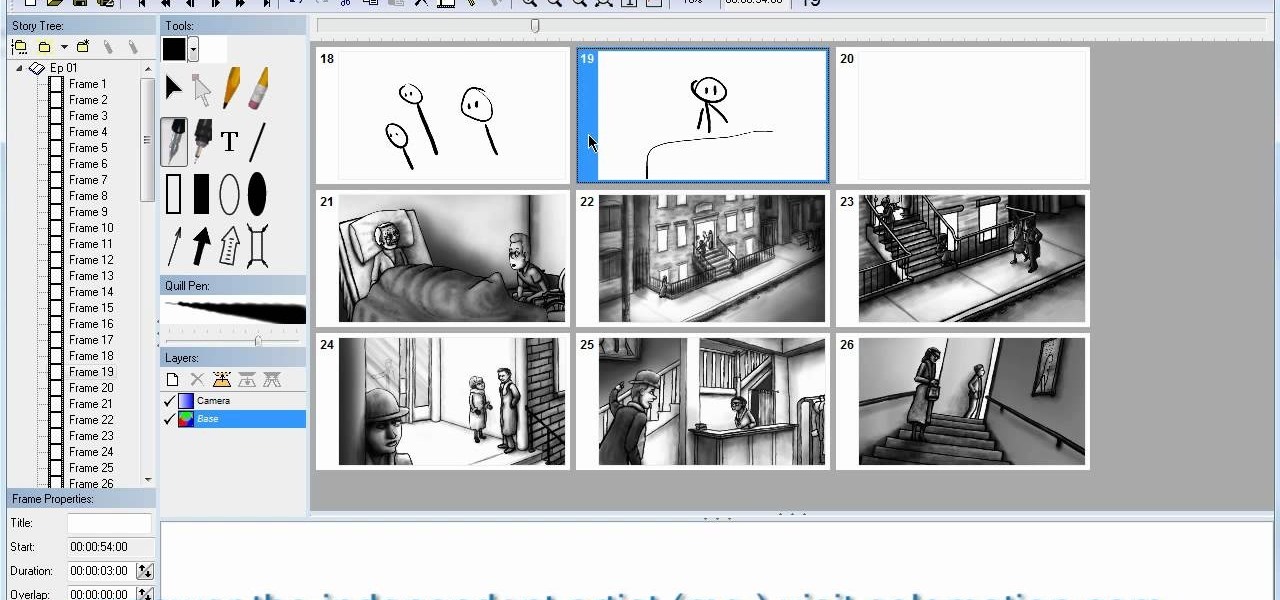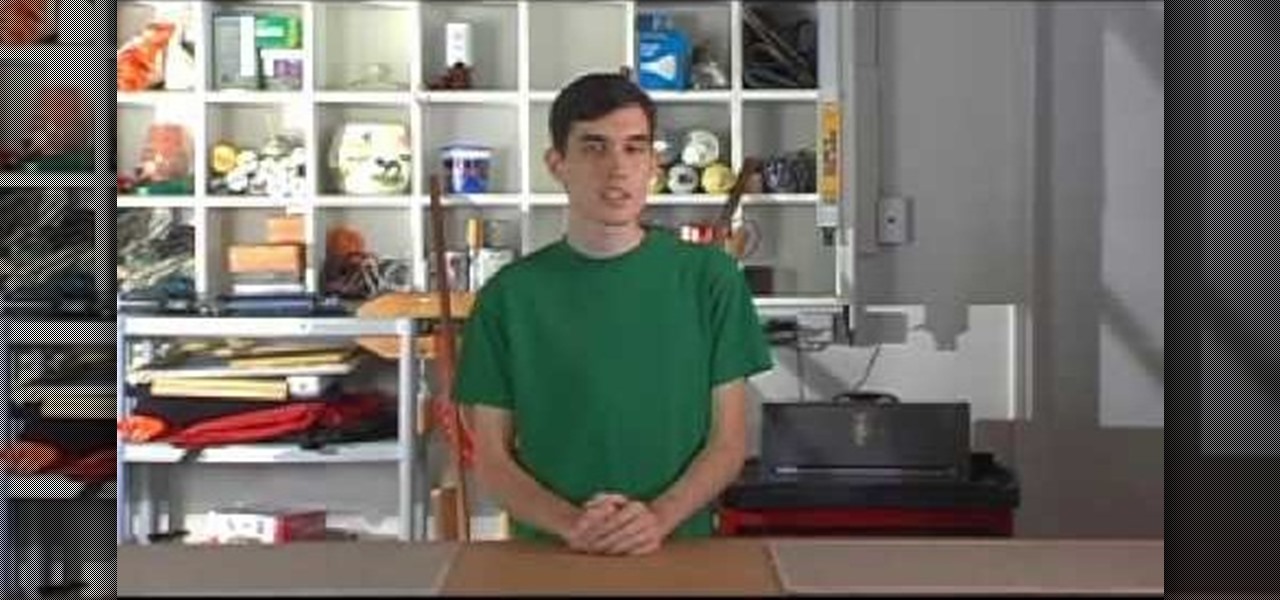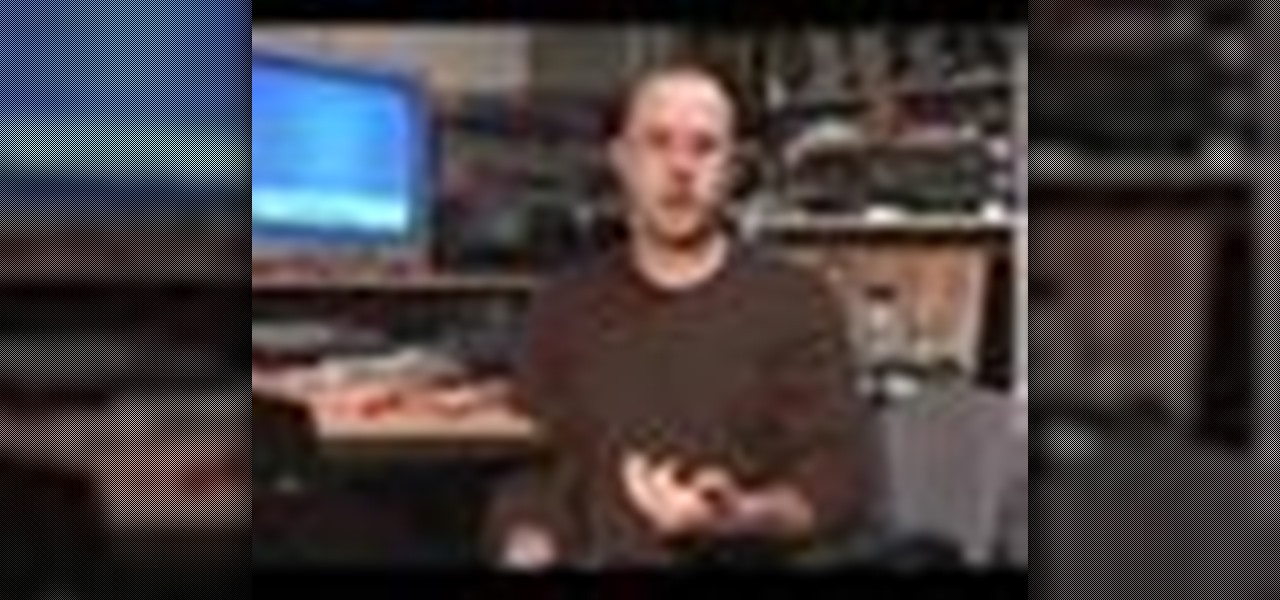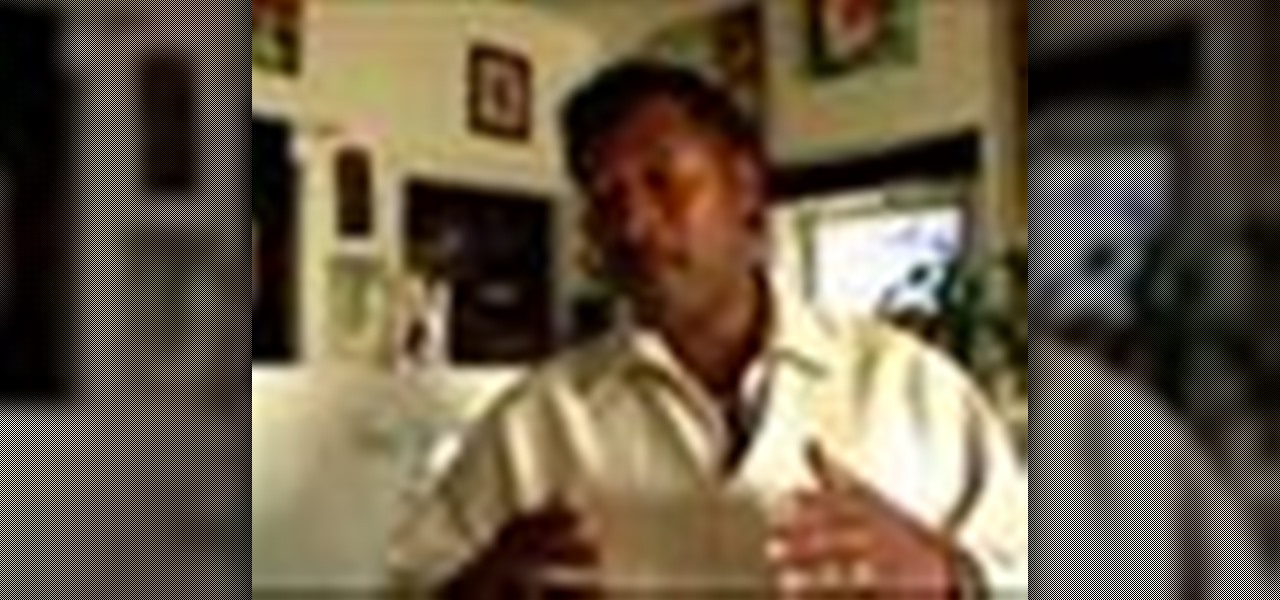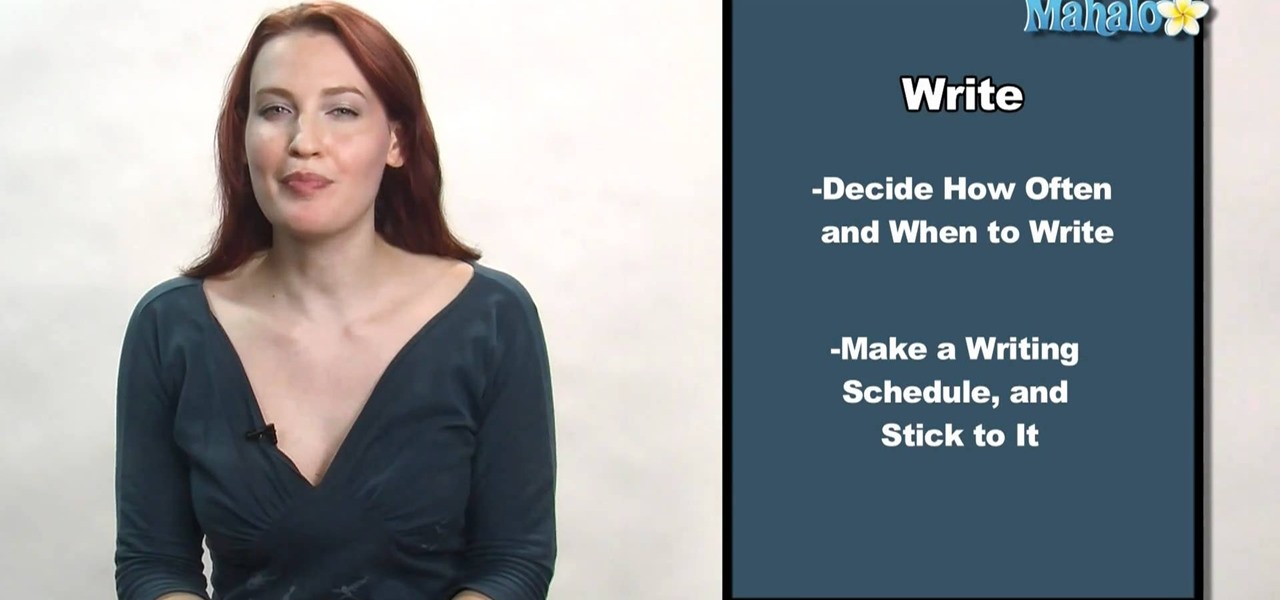
Whether you're writing your first television script for a pitch or you're a novice writer who's writing scrips on a daily basis for an ongoing television show, creating a professional and interesting television script is no walk in the park.

Creating a successful new television show isn't as easy as brainstorming a great idea and calling up a producer to tell him all about it, hoping for the go-head. Creating a show, as well as submitting it to agents and producers, is a complex job that requires a lot of paperwork.
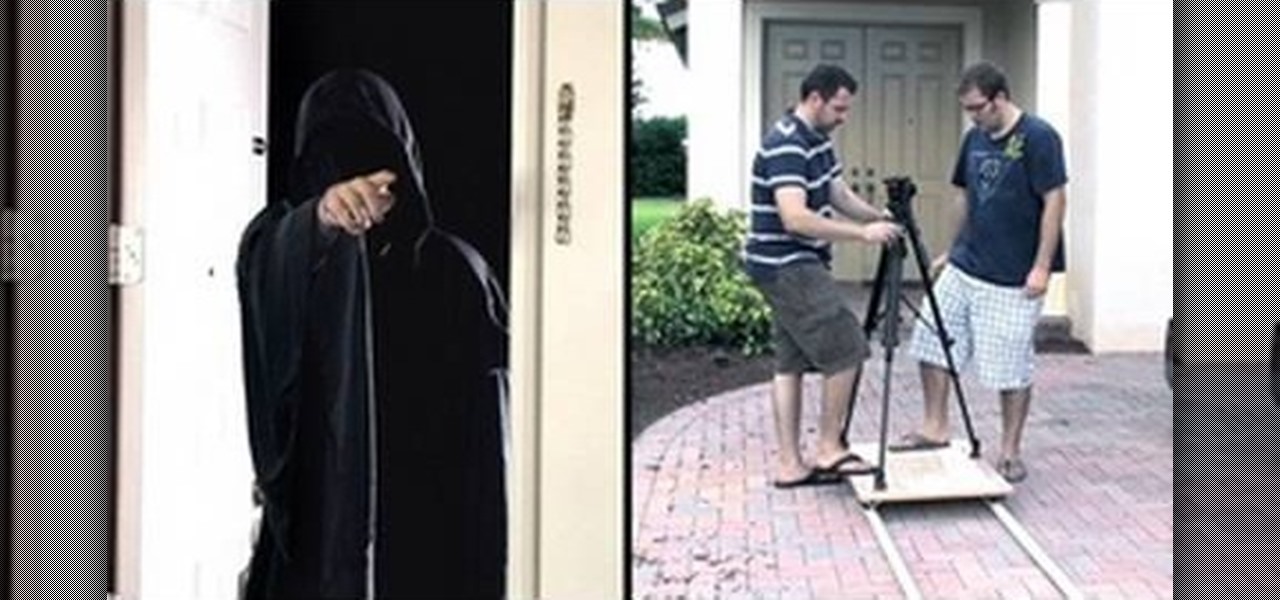
In this video we learn how to make your own cheap camera dolly. First, place down two PVC pipes and place a board on top of that. Then, you can place the tripod on top of that. You can use this to take shots where the camera is sliding from one position to the next but you want to avoid shake from someone handling the camera. Make sure to glue wheels and a track to the board that you place on top of the pipe and it will travel along them more easily. Enjoy using this and have fun making diffe...
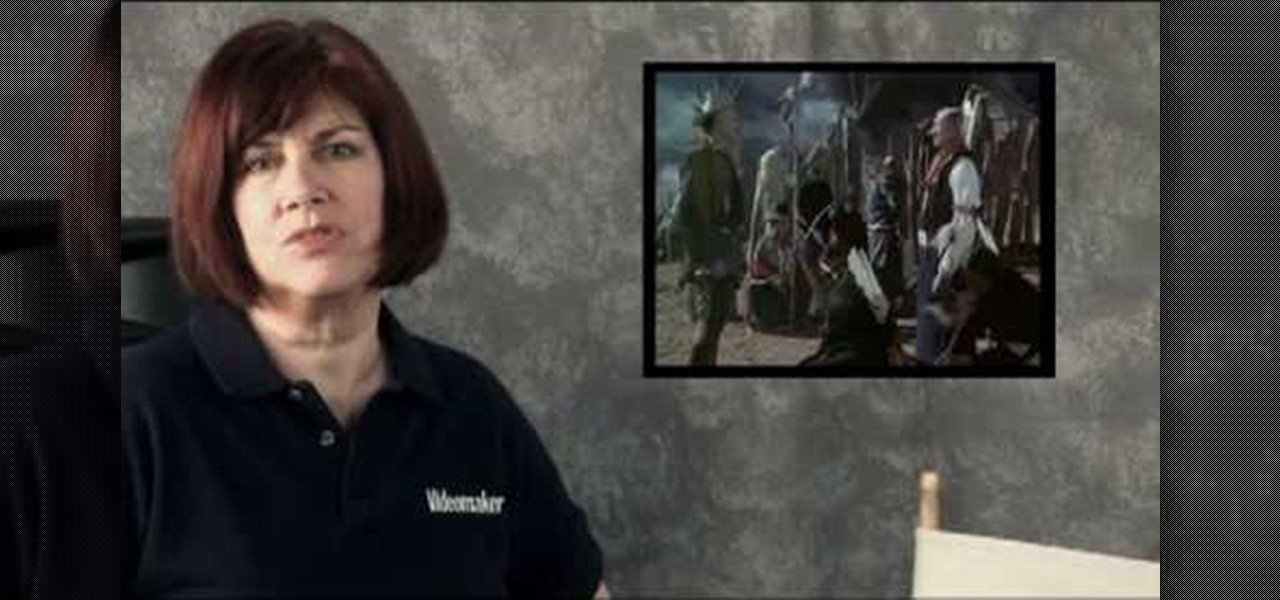
The Western film, once the end all be all of great American filmmaking, is now rare to behold at all at the movie theaters. Whereas in the old days directors made the films about true American gung-ho spirit and handsome, stoic John Wayne cowboys championing the greater good, these days the genre gets ruined by CGI and other absurd additions.
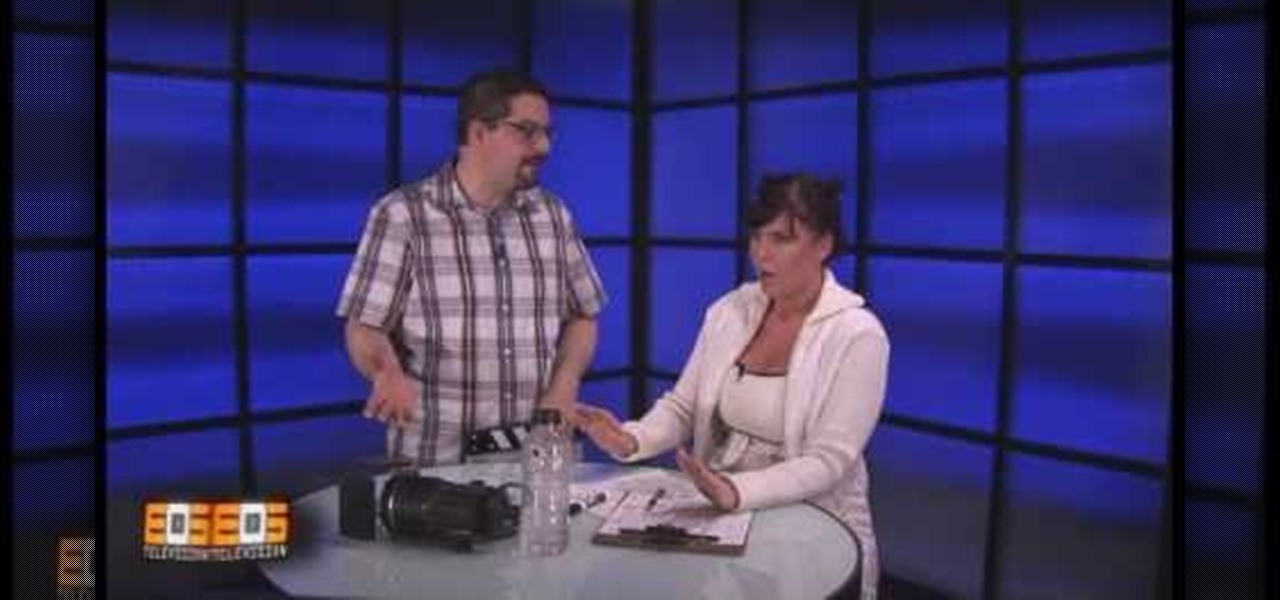
Starting a film? A storyboard is a great way to visualize a motion picture or animation through a series of illustrations or images displayed in sequence. Learn how to go about creating a storyboard in pre-production with help from this free video from EOS Lighting.

In this how-to video, you will learn how to pick a theme in order to make your own web show. You must decide what your web show is about. It can be about anything. For example, if you liked dogs, you could do a web show about dogs. If you like eating healthy foods, you could do your web show about healthy foods. Clothes can also be a great theme for a web show. Cool and lame music, cats, lunch meats, cooking, sports, and monkeys are also great themes you can try out for your web show. Your sh...

Nick from Greyscale Gorilla explains how he did a certain timelapse technique in conjunction with certin in-camera effects for the "Every Photo Shot for the Conan O'Brien Title Sequence" video.

In this video we learn to make a storyboard for a movie. To start all you need is a finished script of the movie or video that you want to do and some storyboard sheets. These are easy to find online to print out. Although being some kind of artist may be nice, you don't need to have a lot of artistic ability to do storyboards. You just need to be able to decode your own drawings. Storyboard sheets consist of a drawing space to draw your frames and some lines underneath for notes. In these no...

This film technique is one that is not only used on movie sets, but with journalists as well. This is a great way to shoot a discussion that is going on between two people. In movies, it's a great way to help add some emotion to a dialogue that both characters are having with one another. In broadcast journalism, the same technique is used in order to portray a relationship between the interviewer and interviewee. It's a great way for them to communicate and is really easy to use. So sit back...

In this video from lunawebs they show you how to transfer video from your camera to your computer as quickly as possible. If you're using a camera with a mini DV tape there's not much you can do to speed it up. If you're on a memory card it can be done. Take your memory card and plug it directly into your computer if it has a slot. If it doesn't, you can buy a USB card reader and plug in your memory card into that, and then plug into your USB port. There's no time loss here and a USB reader i...

Attention aspiring screenwriters! In this tutorial, learn how to sell that script. You may have written the next Hollywood blockbuster – but unless you can finance the film yourself, you’ll need to sell the screenplay to a producer who can make it come to life.

Making a storyboard before shooting a movie is like drawing a blueprint before grabbing a hammer and nails. Do it well, and make sure your film is structurally sound.

Good casting can bring a script to life. The trick is knowing where to look for the best people. Watch this filmmaking how to video to learn how to make your first movie (and not make any casting mistakes).

The screenwriter Gene Fowler once said, “Writing is easy: All you do is sit staring at a blank sheet of paper until drops of blood form on your forehead.” Here’s how to make the process of writing your first screenplay a little less painful. You will need a formatting guide, a realistic set of expectations and source material. This video provides general knowledge on screenwriting.

Analyzing a play can help actors, directors, or scholars to understand everything about a given play. Learn how to write a play analysis in this free theater video from a college professor.

This video gives a ten minute tutorial on how to achieve the superimposition effect for web videos with a little props and software.

A few tips on how to attract major sponsorship for your zero budget film - and what tactics to avoid...

Watch this video to learn how to shoot anonymous interviews for documentaries. Matt explains how to maintain anonymity using the proper lighting and audio effects.

Jennifer talks about the technique known as "Natural Wipes". She gives several examples of these types of "in camera" transitions and how they can be used to create better videos.

Brandon Pinard discusses the most commonly used transitions in television and film: the Cut, the Fade and the Dissolve. He covers the basic definition of each of the three transitions, how they are most commonly used in the film and television industries, and how anyone can improve their own videos with the proper understanding of these transitions.

Ben and Paul demonstrate the important process of storyboarding as a tool to plan your film.

Do your videos lack emotional impact? Do you wonder about the framing options that could be use to produce a better video image? This episode of Izzy Video covers the Framing Terms for different types of shots and how to use them.

In this invigorating exercise, the Shirtless Apprentice leads us through the beautiful pastures of frame rates. Watch as Matt explains the intricacies of selecting the correct frame rate for your online video.

Here are some general tips for using text in your project, including why you should keep things simple and how to contrast text from video. You need to avoid fonts with really thin lines and for the most part, you should try to keep everything simple.

Google SketchUp is a free 3-D drafting program that can be quite useful for film makers. Use Google SketchUp to create models of your sets so you can pick the absolute best angles when shooting the scenes for your next film.

This how-to video offers some pointers on how to take footage from a low angle. This technique captures a unique perspective neglected by traditional methods of film-making. The principle is simple, flip the camera and go. Check out this video lesson and learn how to shoot low angle footage.

Unless it's a scene with so many punches and kicks and explosions, storyboarding an entire movie or short isn't a requirement. However, it can be of use anyway; especially if your movie calls for seventy different shots that you can't all remember; or if you need a visual reference to hand to your crew.

Watch this video to learn how to create mise-en-scene if you are making a movie. Elements of mise-en-scene are explained. Apply these ideas to your own film!

Brandon goes into the wilderness to shoot video in the snow. He demonstrates which situations to avoid and which provide ideal opportunities for great looking winter videos.

This video demonstrates an easy way to create natural transitions. The key is to have the subject enter and exit the frame during different shots. This keeps a level of continuity that makes your movie easier to follow and easier to edit!

This video will help you understand the pre-production process for movies, animations, film shorts, etc.

Sean Astin hosts AFI's filmmaking tutorial series, LIGHTS, CAMERA, EDUCATION! Here, we explore "The Pitch" or presenting your ideas for your film script.

Springboard from Six Mile Creek Systems is a program for creative writers and artists using Windows PCs, to help storyboard their ideas into visual means. Nowadays, storyboards are what people want to see, because it's less time in their hands (reading takes forever!). So, if you have Springboard, this video gives you a quick stepping stone to using it to sketch and animate your storyboards— for films, videos, animations or any other media.

This video is about how to create a low cost teleprompter using your computer, a long vga cable, and your LCD or Plasma TV

Sean Astin hosts AFI's filmmaking tutorial series, LIGHTS, CAMERA, EDUCATION! In this segment, we explore the importance and how-to of storyboarding your film or video.

Watch this video to learn about screen writing and story structure in order to make your own movie. The "Inciting Incident" is explained— the moment in the first act that propels the rest of the story into motion. As an introduction into creative storytelling: Don't ever allow the inciting incident to be boring.

In this video series, watch as screenwriter and producer Chris Cobb teaches you how to turn a script into a production board. learn how to break the pages down, how to transfer the scripts onto the breakdown page, how to color code the script, and how to put together the production board.

Kevin Lindenmuth has worked in the film/video business for over 22 years. In this series of videos he shows you how to make a documentary.

In this series of screenwriting videos, our experienced Hollywood actor, screen writer and producer tells you how to write a movie script. Ron Becks guides you through each step in the creation of your masterpiece, from creating characters and settings to developing the plot and theme patterns to establishing conflicts and resolutions at just the right time in your movie.

Continuity is an underrated and more importantly, overlooked aspect to multi-cut scenes. Many films, television programs and internet videos forget its importance. So this week, The Shirtless Apprentice give his tips on the subject as he sits down and has a romantic candlelit dinner with continuity.










